Staying safe while foraging means knowing which wild edibles to avoid. This list of the top 10 most dangerous plant look-alikes can help!
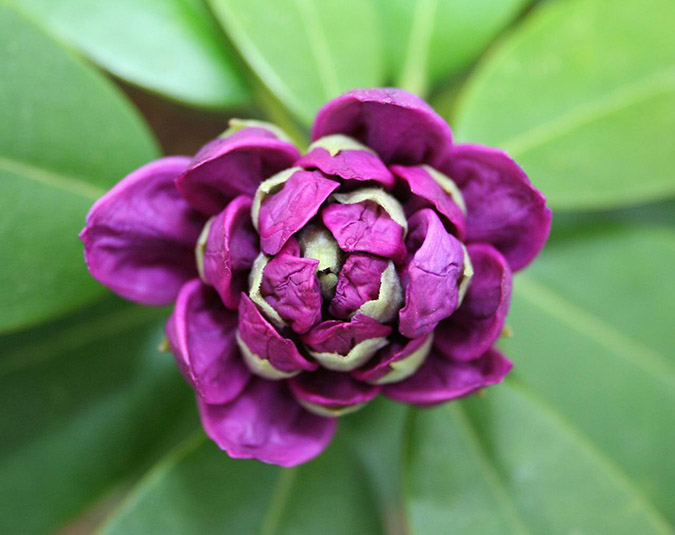
Image by JamesDeMers from Pixabay
Top 10 Most Dangerous Plant Look-alikes
Nothing spoils a great day of wildcrafting like picking the wrong plant and ending up dead. That’s why I’ve put together this list of the top 10 most dangerous plant look-alikes. Knowing what wild edibles to avoid is very important when you’re aiming to forage safely.
To create this list, I took into account each plant’s toxicity, growing range, and degree of similarity to its edible look-alikes.
Let’s start the countdown!
#10: Buckthorn
The buckthorns are a genus of trees that are well distributed across the tropical and temperate areas of the world. Their fruit can easily be mistaken for wild cherries. Though toxic, they are not excessively so, compared to many of the others on this list. That’s why they earn the number 10 spot.
Solution
Buckthorns aren’t very well behaved, as a group. Some have leaves that resemble cherries. Some do not. Some can be easily differentiated from cherries by the tips of their branches. Others cannot. Most have more than one seed in their fruit. But some have a single seed, like a cherry. They just can’t make up their minds.
The most consistent way to tell them apart may be by looking at how their fruits grow and group. The fruit of a wild cherry will grow in tube-shaped bunches. While a buckthorn’s fruit may be clustered together, they grow directly from the stem without any specific pattern.
Also, buckthorns should not be confused for sea buckthorns. While they have a similar appearance, they are not related. Sea buckthorns have bright orange, edible fruit.
#9: Rhododendron
The leaves of rhododendrons look quite a bit like bay (Laurus nobilis) leaves. But don’t confuse them. All parts of the rhododendron plant are poisonous, but this is especially true of the nectar. Honey made from this plant is downright toxic. It’s called “mad honey,” and it can cause nausea, vomiting, and weakness.
You May Also Enjoy:
“Acorns: The Best Wild Food for Beginning Foragers”
“A Forager’s Guide to Running Out of Toilet Paper”
“Wild Mushroom Foraging: Identifying and Eating Foraged Plants”
Though wild bay trees are mostly found in the Mediterranean region, both bays and rhododendrons are grown in cultivation around the world. This makes misidentification more likely in gardens than in the wild.
Solution
This is going to sound weird, especially in a “top 10 most dangerous plant look-alikes” list, but the easiest way to tell them apart is to taste them. I don’t mean you should take a big bite, and I’m certainly not telling you to eat it. Just pinch off a small piece of leaf and place it against your tongue.
You May Also Enjoy:
“Purslane: The Omega-3 You Can Grow for Free! (With Recipe)”
“You Did WHAT To Those Farkleberries?! (Homesteading Basics)”
Rhododendrons will be bitter and astringent. Spit them out. Spit a few more times, if it makes you feel better, but you really don’t have anything to worry about from this level of exposure.
It’s also a good idea not to keep beehives by your rhododendrons.
#8: Poison Sumac
Although this is a seriously poisonous plant, I put it pretty high on the list. Most foragers have heard the name “poison sumac” a lot more often than “staghorn sumac” or any of the other red-berried sumacs. So the good sumacs tends to be accidentally avoided, rather than the poison one being accidentally ingested. Still, it’s a seriously poisonous plant, and it deserves a mention here.
You May Also Enjoy:
“Hackberries: Nature’s Grape-Nuts for Winter Survival”
“How to Make and Use Apple Cider Vinegar”
“Oatstraw Benefits: Stress Reliever, Love Potion, Brain Booster, and More”
All sumacs are all in the Rhus genus, along with poison ivy, poison oak, cashews, and mangos. As you can see, it’s a varied group with more than one black sheep. Choose the wrong one and you could be in some serious trouble.
Solution
To tell the difference between poison sumac and the others, you need go no further than the berry color. Poison sumac has white berries. The edible sumacs all have red.
#7: Virginia Creeper
Native to North America, Virginia creeper has begun creeping its way onto other continents, usually as an ornamental plant. Once in cultivation, it has a tendency to escape into the wild and become invasive. If you don’t have it in your area now, there’s a good chance you will in the future. The berries are grape-like in appearance.
You May Also Enjoy:
“15 Natural Aphrodisiacs & Simple Ways to Prepare Them”
“The 7 Stages of Home Medicine Makers”
“Foraging for Wild Grapes (+My Old Family Recipe for Grape Hull Preserves!)”
Some sources claim that Virginia creeper is edible, while others claim it is deadly. Personally, I think that your individual genetics probably plays a large roll in how dangerous this plant is for you. I’d stay on the safe side and avoid this one.
Solution
Grape vines have simple leaves.1)Simple Leaf: A leaf that is not split into multiple, divided leaflets; having an undivided leaf blade. Virginia creeper has compound leaves2)Compound Leaf: A leaf whose blade is divided into separate parts; being composed of multiple leaflets. with five leaflets each.
#6: Things That Aren’t Onions/Garlic
I know this one is described a bit backwards, but it’s just easier this way. Alliums (onion/garlic family plants) are perfectly edible and are well distributed across the world. But depending on where you live, you may have any number of plants with onion-like bulbs that are not actually onions. Some of these are quite dangerous. Consider the three examples below.
False garlic, as the name implies, is a garlic lookalike. It’s leaves, stalk, and bloom are all very reminiscent of true garlic.
Daffodils are beautiful in your yard and can often be found at the sites of old homesteads. Before blooming, the leaves and bulbs of daffodils can be mistaken for onions.
Death camas are yet another lookalike. As you can tell from the name, you really ought not to eat them.
Solution
Give it the sniff test. None of the onion look-alikes will have that distinctive onion/garlic aroma. Scratch the leaf or bulb. If your plant doesn’t smell like an onion or garlic, don’t eat it. If it does smell like one, you’ve found the right plant.
#5: Canada Moonseed
Moonseed is a very close look-alike for grapes. It’s fruit, vining nature, and leaves are all very grape-like. Listed symptoms include convulsions and death.
You May Also Enjoy:
“The Grapes of Youth: 11+ Age-Defying Reasons to Love This Plant”
Solution
Moonseed has a couple of telltale signs that will give it away. For one thing, it has no tendrils. Grape vines always have tendrils. Another distinguishing feature is the seed. Moonseed has a single, crescent moon-shaped seed inside each fruit. That’s where the name “moonseed” comes from.
#4: Iris
Nothing is a look-alike for a mature cattail. Its characteristic “corndog on a stick” is unmistakable. Unfortunately, young cattails do look quite a bit like young irises (or a few other dangerous plants). And while every cattail is edible, every iris is toxic.
Solution
The most foolproof way to tell these two apart is to wait. A mature cattail is unmistakable. If you find young plants around the base of a cattail stalk, you’ve very likely found the cattail’s offspring. Cattails are also oval at their base, rather than flat, and they don’t have a strong smell or flavor.
#3: The Pea Family
The pea family is funny. It can’t quite commit to being either toxic or edible. Many members try to do a little of both. As a result, the pea family could be considered a dangerous plant look-alike … for itself. Thankfully, though they are widespread, relatively few members are seriously dangerous in small quantities after cooking or other processing.
Please note that I am not condoning the eating of random pea pods you find in the wild. A few members, such as wisteria, can be quite dangerous.
You May Also Enjoy:
“How to Eat Acorns: The Absolute Easiest Way”
The most dangerous member of the pea family, and probably the most dangerous seed in the world, is the rosary pea. A single rosary pea could kill a child or send me to the hospital. However, if I were to swallow it whole, leaving the seed coat unbroken, it might pass through without harm. That’s not exactly a risk I’m willing to take.
Its toxin is even more dangerous when injected. People are said to have died from threading these seeds onto necklaces then accidentally jabbing themselves with the needle. The validity of these claims is difficult to track down. However, these stories seem plausible given that just 0.1 microgram of the rosary pea’s toxin, abrin, could potentially kill a human.3)Dickers, Kirsten J., Sally M. Bradberry, Paul Rice, Gareth D. Griffiths, and J. Allister Vale. “Abrin Poisoning.” Toxicological Reviews22, no. 3 (2003): 137-42. doi:10.2165/00139709-200322030-00002.
Some claim that the rosary pea has been used as a murder weapon. Apparently, it can be sharpened on one end and used to jab someone. And did I mention that it’s considered invasive in many tropical and temperate areas around the world? Yikes! Yet even this nightmarishly dangerous pea is reportedly edible after lengthy boiling. I say “reportedly” because I haven’t tried it, nor do I intend to.
Solution
The pea family is a very varied group. It covers a lot of ground (pun intended), from low-growing ground covers like white clover to trees like redbud and black locust. There is no trick to identifying the best and worst members. Most peas are not quite so scary as the rosary pea, but it’s still a smart idea to carefully verify a species before eating it. Boiling them first is also a great idea.
#2: Nightshades (Just About All of Them)
The nightshades are a group of poisonous plants distributed across every continent except Antarctica. They can be vines, shrubs, trees, and a few things in between. Some of the more well-known, and dangerous, nightshades include belladonna, jimsonweed, and angel’s trumpet. But this family also includes some well-known edible plants like tomatoes, potatoes, peppers, eggplants, and goji berries.
You May Also Enjoy:
“How to Not Die While Wildcrafting: 15 Rules for Foraging Safely”
“Top 10 Best Survival Gear Items for New Survivalists & Preppers”
Because of the diversity of this group, they could potentially be mistaken for a number of other plants—blueberries, cherries, wild sweet potato, etc. The unripe fruits can be especially dangerous. Poisoning symptoms could include altered heartbeat, seizures, hallucinations, and death.
Solution
One of the reasons that this group is so high on the list, besides the toxicity, is that the great variety of the plants in it makes them difficult to pin down. However, there are a few indicators that are common to most members of the group. Nightshades have alternate4)Alternate: Leaves appearing in a back-and-forth pattern along a stem. leaves with colorless sap. Their flower parts tend to occur in fives, with five sepals, five petals, and five stamens. Also, the petals are united, often forming a cup- or tube-shaped bloom.
#1: Poison Hemlock (and Friends)
The Apiaceae family has some really useful edible and medicinal members, like Queen Anne’s lace, parsley, parsnips, dill, fennel, and Angelica. It also includes poison hemlock, water hemlock, and fool’s parsley. And every forager seems to know a story about somebody who should have known better but still got poisoned by one of these plants.
Solution
Don’t get cocky with plants in the Apiaceae family. If you find a plant that looks like a carrot or parsley, take your time and carefully check your identification guides. If you’re not 110 percent sure, leave it alone!
What Do You Think?
Should these have been in a different order? Did I leave anything out? What wild edibles would make your top 10 list of dangerous plant look-alikes? Let me know in the comments.
____________________________________
This is an updated version of an article that was originally published on September 11, 2018. The author may not currently be available to respond to comments, however we encourage our Community members to chime in to share their experiences and answer questions!
Psst! Our Lawyer Wants You to Read This Big, Bad Medical Disclaimer –> The contents of this article, made available via The Grow Network (TGN), are for informational purposes only and do not constitute medical advice; the content is not intended to be a substitute for professional medical advice, diagnosis, or treatment. Always seek the advice of a qualified health care provider with any questions you may have regarding a medical condition. If you think you may be suffering from any medical condition, you should seek immediate medical attention. You should never delay seeking medical advice, disregard medical advice, or discontinue medical treatment because of information provided by TGN. Reliance on any information provided by this article is solely at your own risk. And, of course, never eat a wild plant without first checking with a local expert.
The Grow Network is a participant in the Amazon Services LLC Associates Program, an affiliate program designed to provide a means for our team to earn fees for recommending our favorite products! We may earn a small commission, at no additional cost to you, should you purchase an item after clicking one of our links. Thanks for supporting TGN!

Scott Sexton is a TGN Trailblazer, a highly experimental gardener, an unrelenting weed-eater, and a largely non-profit herbalist (much to his wife’s chagrin). When Scott is not teaching foraging classes, testing out theories in the garden, or grazing in the forest, he can be found at his Facebook page, “A Forager’s Guide to the Zombie Apocalypse.”
References
| ↑1 | Simple Leaf: A leaf that is not split into multiple, divided leaflets; having an undivided leaf blade. |
|---|---|
| ↑2 | Compound Leaf: A leaf whose blade is divided into separate parts; being composed of multiple leaflets. |
| ↑3 | Dickers, Kirsten J., Sally M. Bradberry, Paul Rice, Gareth D. Griffiths, and J. Allister Vale. “Abrin Poisoning.” Toxicological Reviews22, no. 3 (2003): 137-42. doi:10.2165/00139709-200322030-00002. |
| ↑4 | Alternate: Leaves appearing in a back-and-forth pattern along a stem. |
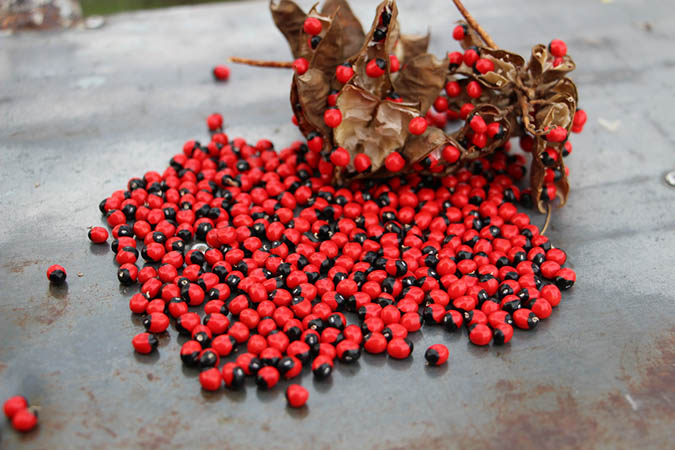
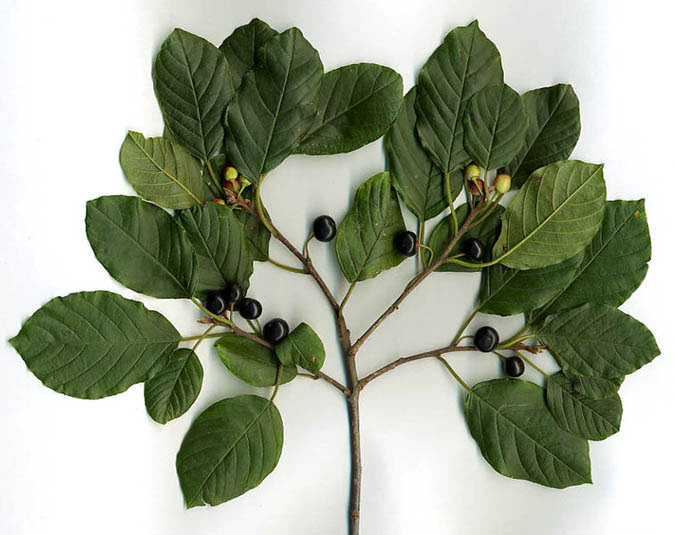
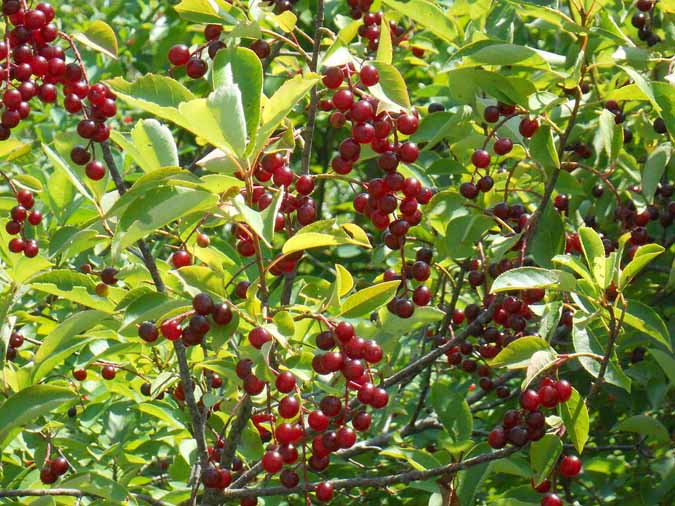
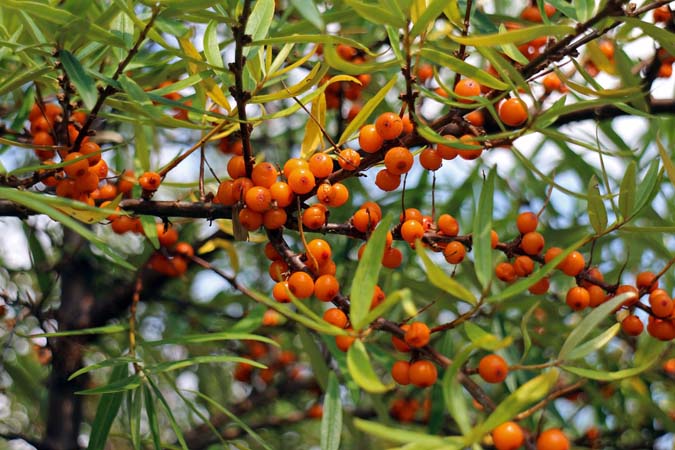
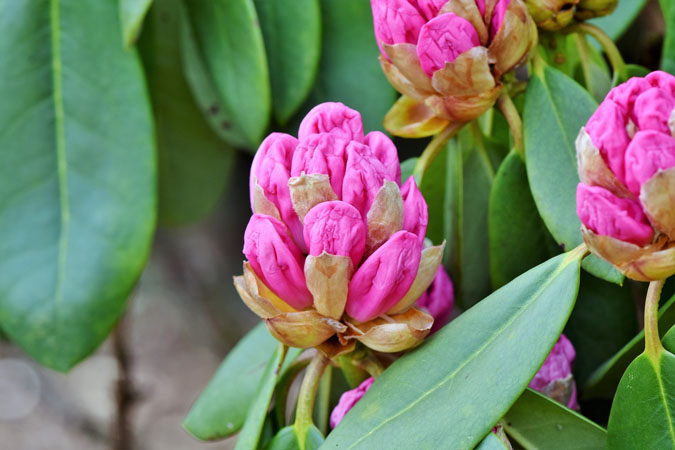
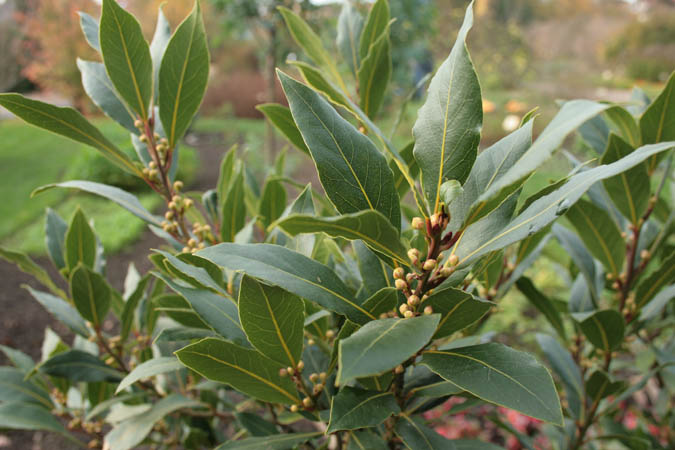
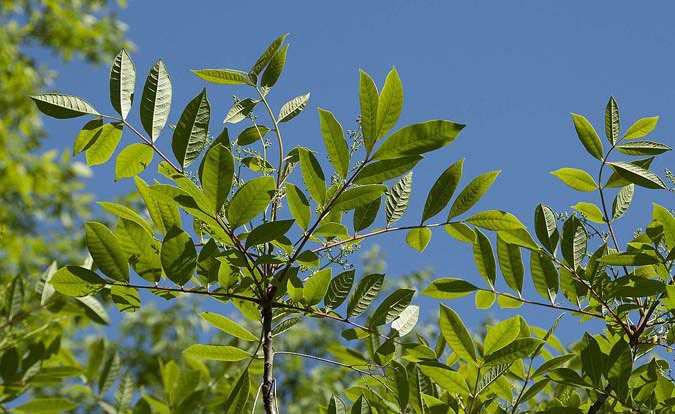
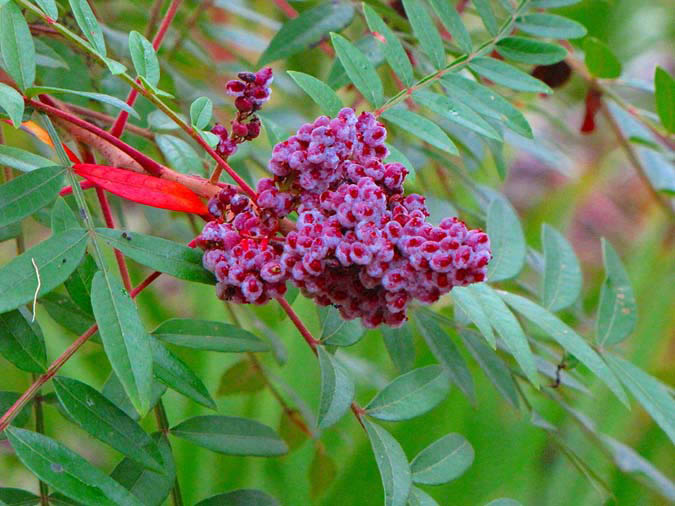
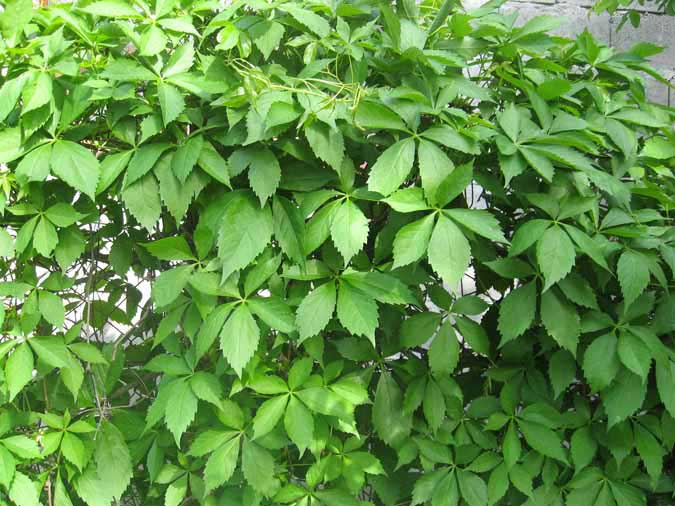
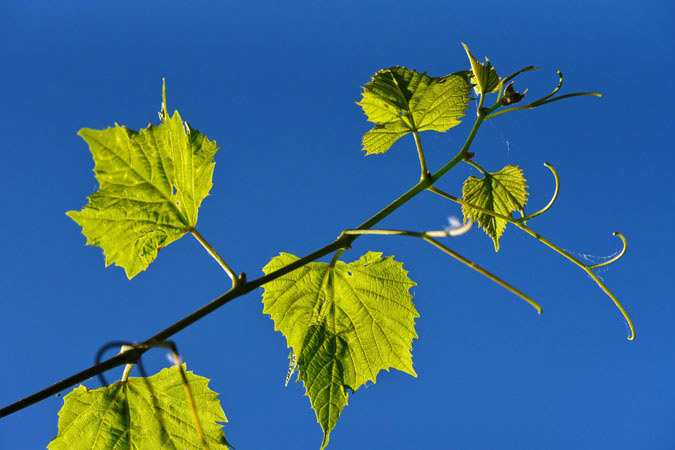
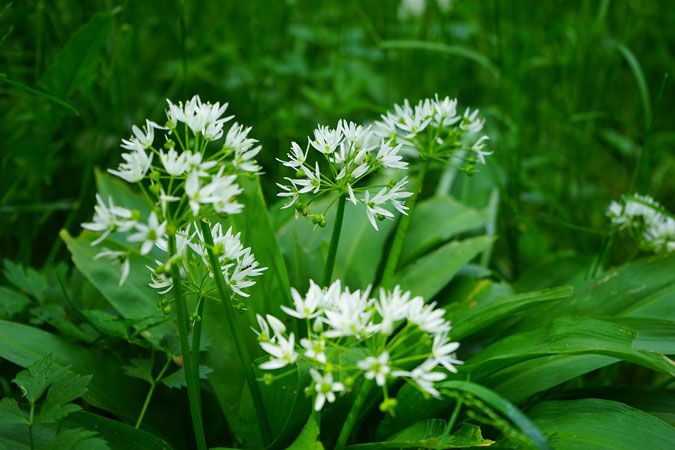
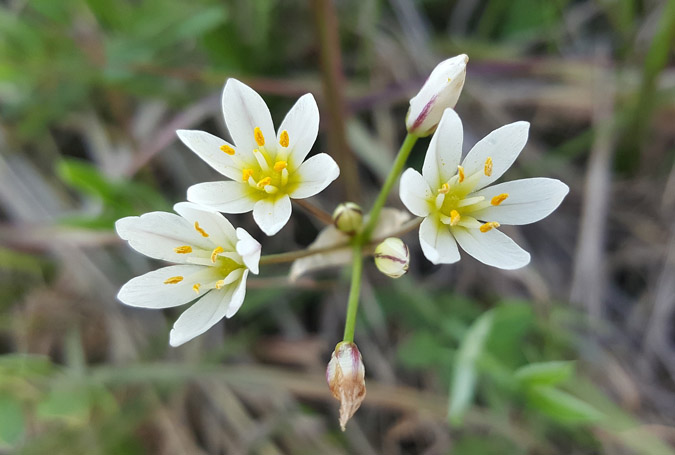
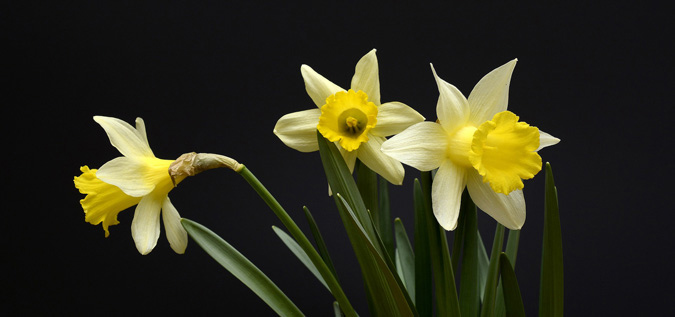
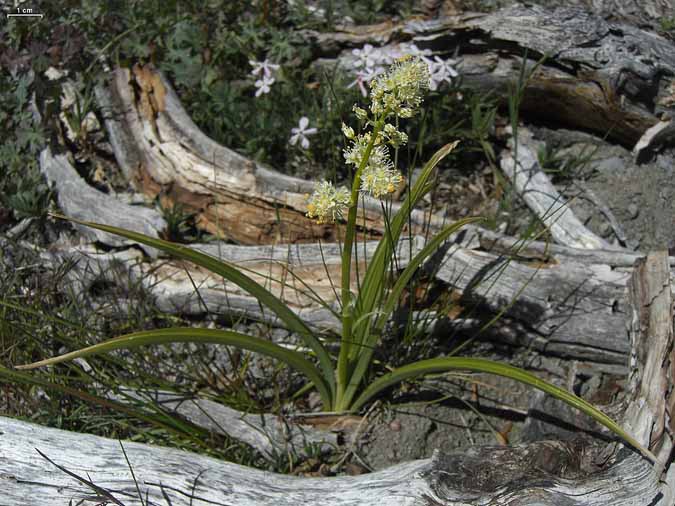
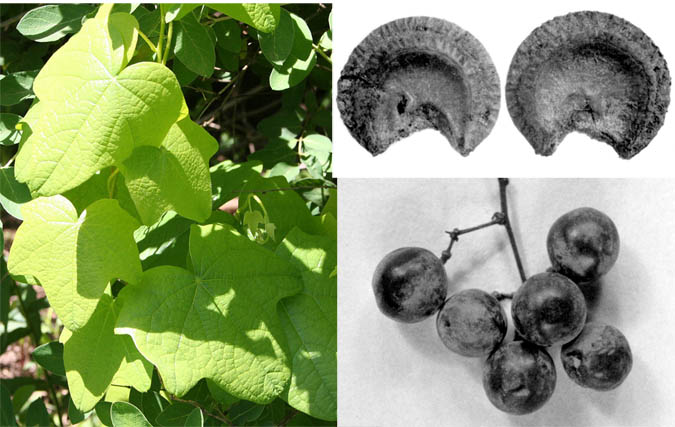
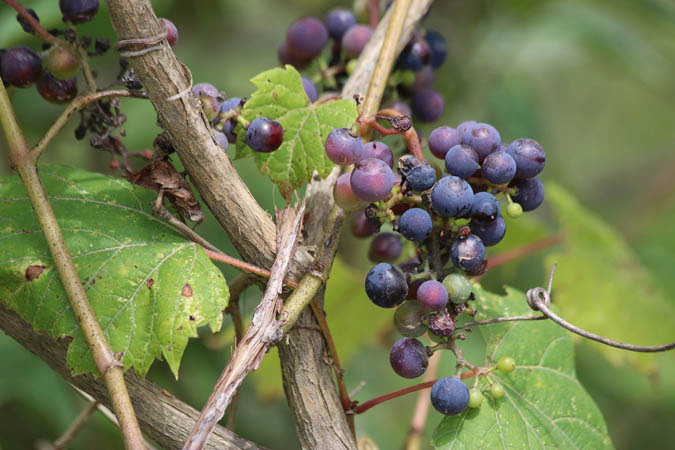
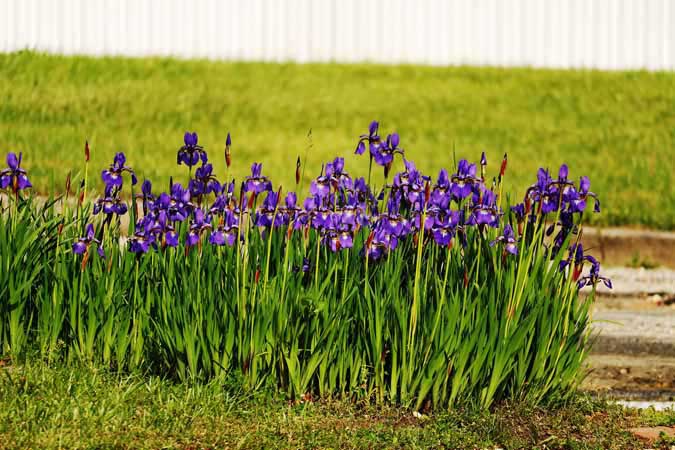

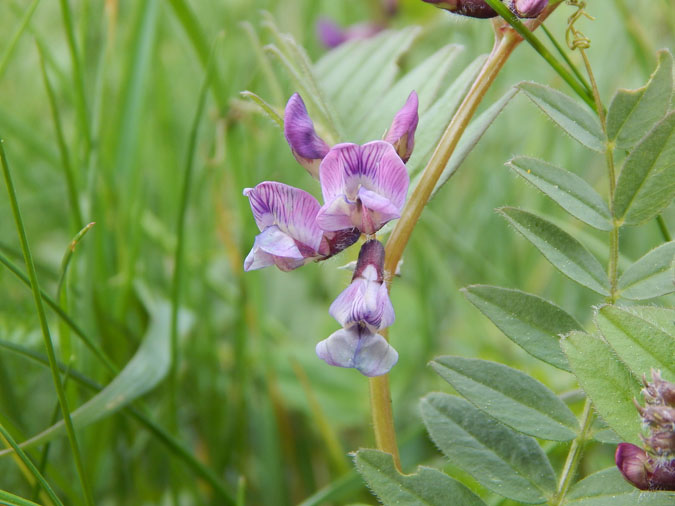
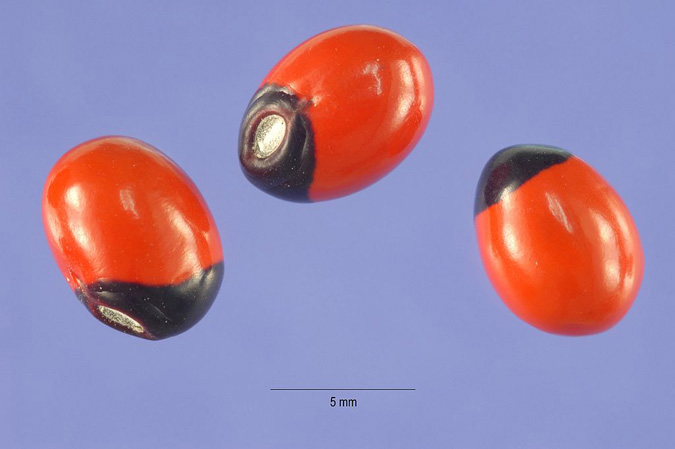
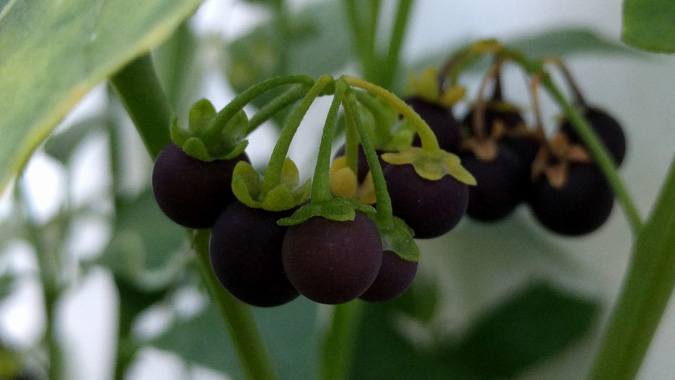
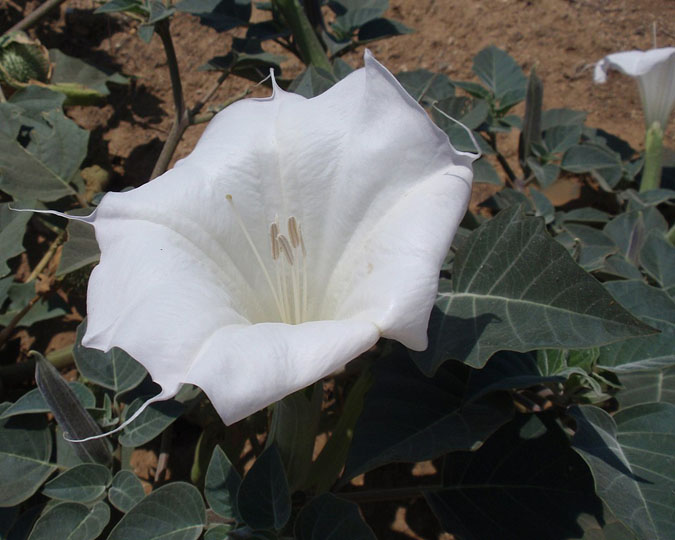
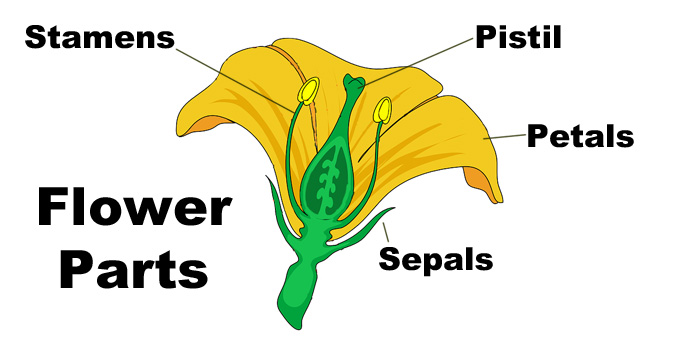
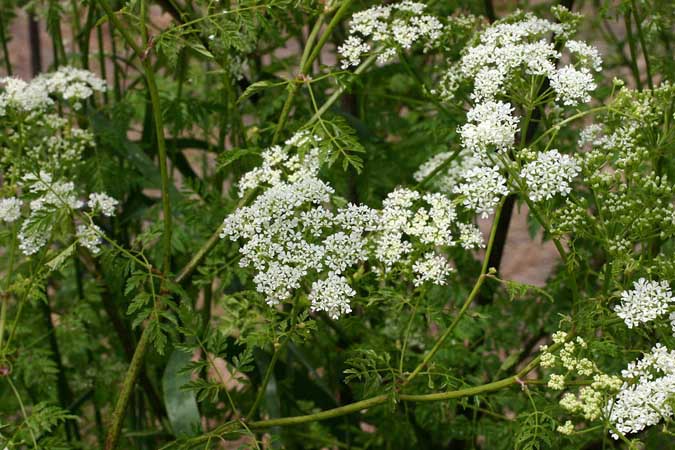







COMMENTS(8)
Great information. I’ve been steadily trying to home my identification skills. If nothing else, it had brought me closer to the nature that surrounds us. Thanks
Thanks, peppypoblano! It’s always nice to get closer to nature.
I’ll have to route this over to my color printer, so it’ll look better in the “Watchout” chapter of my foraging manual. Speaking of “Watchouts,” how about a top ten list of plants with a heavy ‘Oxilate’ content? I was once on a binge of smoothies using mostly Kale and Spinach until I wound up in the emergency room with a 9mm kidney stone awaiting removal. Since then, I’ve been avoiding most dark-green stuff, and I’ve taken Popeye out of my will. I’ve also developed a new respect for anyone who has undergone childbirth…
Very informative and almost scary. I’ve been working on identification of edibles in a new area. Thank you.
Thankfully, the majority of “toxic” plants are more forgiving than the ones on this list. There are some that will lay you out flat, but many will just make you sick. Mushrooms, on the other hand, take being poisonous as a personal challenge. Still, there’s no reason to be careless with either. Thanks for reading.
I’ve had one kidney stone in my life. I don’t recommend it. I’m sure you don’t either.
Oxalates might make a good article. I’ll give that some thought. Thanks.
I remember the first time I became aware of buckthorn. I found a tree and thought it was black cherry. I was so excited! Then I tried a berry and was, like, Yuck! It was awful. And that was my introduction.
Since then I have noticed how much buckthorn grows around where I live in eastern MA and I have had to really closely examine it to learn how it differs from black cherry. Now I double check before picking a berry and popping it in my mouth.
Where I live, with so many gardens and wild populations of both irises and day lilies, I think the most important difference to note is the difference between iris leaves and day lily leaves. Very young day lily shoots can be eaten, irises can’t.
While both the leaves of plants grow in a somewhat fan-shaped fashion, irises have flat, single-bladed leaves, while day lilies have leaves that sort of nest into each other and are semi-folded in half.
I find Queen Anne’s lace and poison hemlock to be 2 of the most easily confused plants, even for me, a very experienced forager. I really check carefully to be sure I have the wild carrot and not the poison. My motto is “When in doubt, don’t!” It can keep you alive, and or at any rate, from getting really, horribly sick.